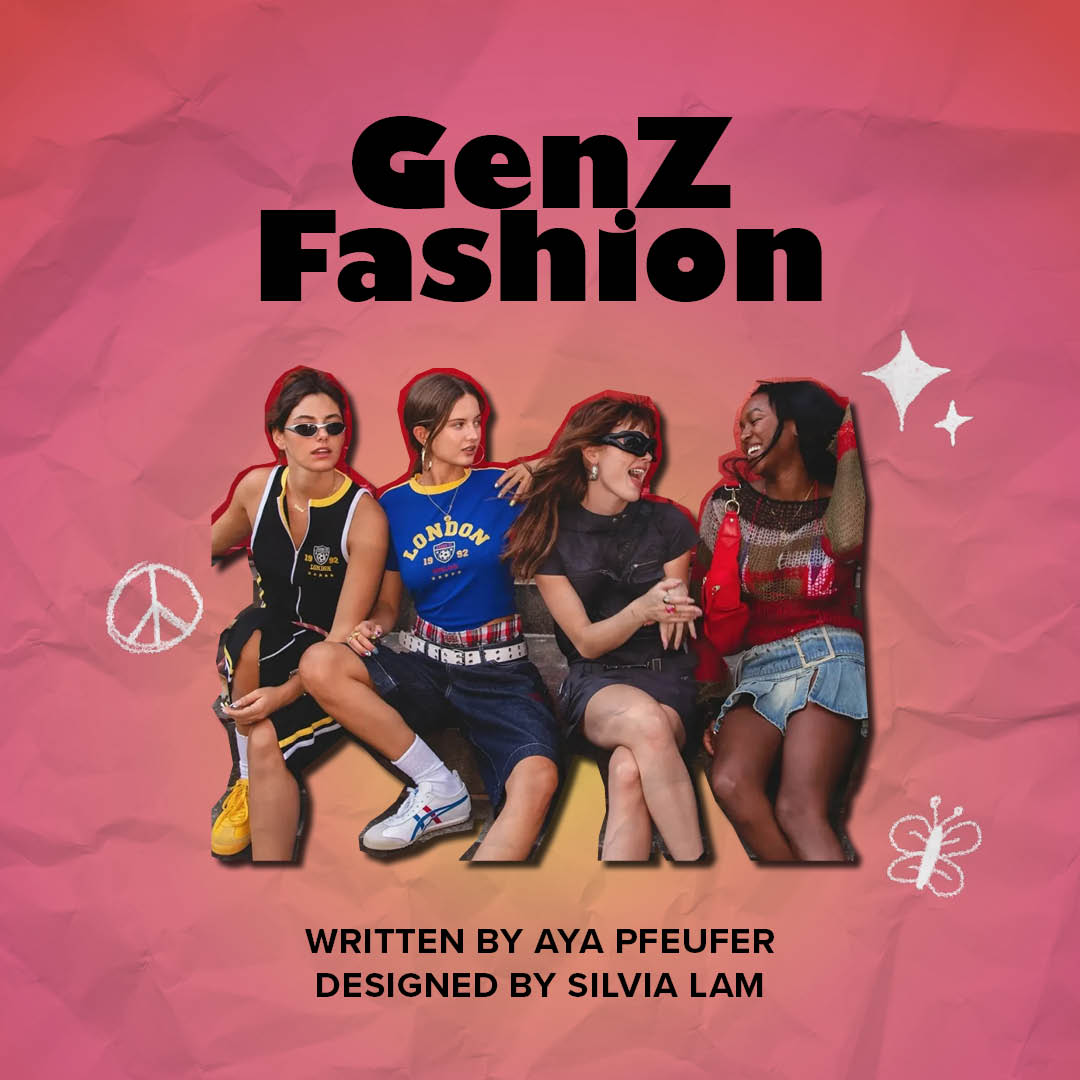
Photo from The Washington Post
Fashion is a tool for self-expression, and each generation has its own fashion trends based on values and cultural context. Generation Z is making their own distinct style, much like older generations. Born between 1997 and early 2010s, Gen Z is rejecting traditional fashion norms of previous generations, such as skinny jeans carried out by millennials, instead prioritizing individuality and sustainability.
While millennials are more known for their stylish looks, focused on clothing items like skinny jeans and more well-fitted garments, baggy and oversized clothes have become a notable part of Gen Z clothing, which is a significant shift from previous fashion trends. Oversized sweatshirts and baggy jeans have surged in popularity, and there is more of a focus on comfort and redefining style. The trend towards more looser fitting clothing highlights the acceptance towards different body types and the rejection of conforming to traditional beauty standards. Traditional beauty standards have tended to emphasize smaller, thinner body types, often shown by the fashion industry. Newer generations have embraced a diverse range of body sizes and types, promoting more acceptance and positivity.
One of the most compelling aspects of Gen Z fashion is its individuality. Their fashion can be bold, and not conform to the norm; they are more likely to mix styles and make more experimental choices. This mark on individuality is influenced by social media platforms, such as TikTok and Instagram, where fashion content creators share their everyday fits and give their insights on different styles. Many “GenZers” turn to these platforms to discover their own personal style.
Another reason why Gen Z’s approach to fashion is unique is due to the rejection of fast fashion. Instead of following mainstream media trends that focus on mass consumption and replaceable clothing, they can be more aware of the environmental impacts fast fashion has. Thrifting, the act of shopping for used clothes, has risen in popularity amongst GenZers, enabling them to find more one-of-a-kind vintage clothes to add to their wardrobe while encouraging more sustainable shopping. This type of shopping promotes reusing clothing rather than just discarding and replacing clothes, which is the defining point of fast fashion. However, the rise of social media has also driven overconsumption, such as large shopping hauls like Shein. While platforms like TikTok can inspire users to try out different styles, it may also pressure you to keep up with what’s currently trending, potentially resulting in more shopping than intended.
Gen Z fashion took inspiration from the early 2000s, leaving feelings of nostalgia for their generation. The Y2K aesthetic has made a comeback, featuring items like crop tops and colorful accessories. This trend represents the minimalist style, with a touch of creativity that makes it both nostalgic and futuristic, as it can include different elements. Gen Z’s incorporation of Y2K fashion is also shown through low-rise jeans and cargo skirts, which first emerged from street fashion wear. Other early 2000s aesthetics that have been used by Gen Z are the grunge aesthetic, which is distinguishable through flannels and ripped jeans.
Through combining different fashion styles and elements, Gen Z’s style is dynamic, as they continue to change their approach to fashion and follow through with their values. They are also adopting and popularizing older trends, creating a more eccentric aesthetic. This change not only emphasizes individuality but is also shaping the future of fashion by encouraging more sustainable practices.